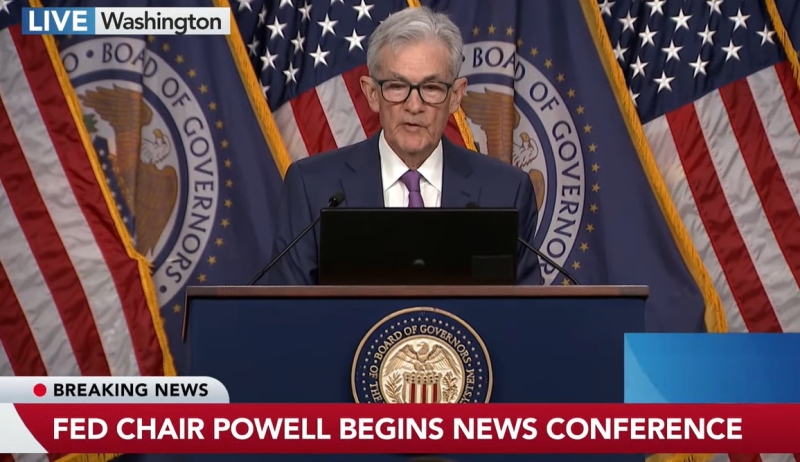
Rising Mortgage Rates Amplify Housing Recession Concerns

First American Chief Economist Mark Fleming underscores the market's sensitivity to rate fluctuations, drawing parallels with the Global Financial Crisis and emphasizing the need for rate stability for a recovery.
First American Financial Corporation's modeling indicates recessionary housing pressures are increasing.
“Mortgage rates increased in August, which means we expect the housing recessionary pressures to continue in the near-term until mortgage rates stabilize,” First American Chief Economist Mark Fleming said. “However, industry forecasts predict that mortgage rates will moderate later in the year if the Federal Reserve stops further monetary tightening and provides investors with more certainty. Mortgage rate stability, even if the stabilization occurs at a higher level, is the key to a housing recovery.”
The Potential Home Sales Model for Aug. 2023 shows a decline to a 5.34 million seasonally adjusted, annualized rate in potential existing-home sales, marking a 0.2% dip from the previous month. This rate is 53.2% higher than the lowest market potential observed in Feb. 1993.
Year-over-year, the market potential for existing-home sales has dwindled by 3.4%, translating to a loss of 191,000 sales. Currently, potential sales stand at 1,449,000, a significant 21.3% below the peak of market potential in April 2006.
“Existing-home sales will have a tough time gaining real momentum in a limited inventory environment where most homeowners are rate-locked into their homes – you can’t buy what’s not for sale,” said Fleming. “A higher mortgage rate environment resulting in limited sales helps to explain why the housing market has slipped back into a housing recession.”
Fleming said the housing market plunged into a recession between May and November of the preceding year, but managed a recovery when mortgage rates softened. The recent resurgence in these rates, combined with other challenges, has once again pushed the market into a recessionary phase.
He drew parallels to the Global Financial Crisis, emphasizing the vulnerability of the housing market to fluctuating mortgage rates.
“The brief pause during the GFC housing recession, between July and November 2009, was precipitated in large part by a decline in mortgage rates from about 5.5% to 4.7%, which improved affordability and sparked a brief surge in existing-home sales,” said Fleming. “The GFC double-dip and the current double-dip highlights the sensitivity of the housing market to mortgage rate volatility. Sales, affordability, residential construction and the real estate-related labor market are all sensitive to mortgage rate trends.”
First American is set to release the next iteration of the Potential Home Sales Model, which will cover data from Sept. 2023, on October 18, 2023.




